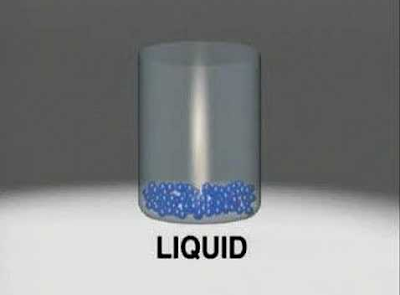Molecular Forces
There are two types of forces between
molecular.
1.
Intramolecular force
2.
Intermolecular force
A force within a molecular is called intramolecular force.
I.
Ionic bond II.
Covalent bond
Intermolecular force:-
Intermolecular forces in liquids are
collectively called van
der Waals forces. These forces are
essentially electrical in nature
And result from the attraction of charges of opposite sign.
The principal kinds of intermolecular
attractions are:
(1) Dipole-dipole attractions
(2) London
(3) Hydrogen bonding.
The relative size of these interactions is
important so the relative effects are understood.
Bonds are almost 200 times the strength of dipole-dipole forces,
and more than 400 times the size of
DIPOLE–DIPOLE ATTRACTIONS
Dipole-dipole attractions exist between molecules that are polar.
This requires the presence of polar bonds and an unsymmetrical molecule. These
molecules have a permanent separation of positive and negative charge.
In
the illustration the H and of HCl is permanently slightly positive charge. The
Cl end of HCl has a permanent slight negative charge. The H atom in one
molecule is attracted to the Cl in a neighbour. The intermolecular force is
weak compared to a covalent bond, but
This
dipole-dipole interaction is one of the stronger intermolecular attractions
These temporary charges in one molecule or atom attract opposite
charges in nearby molecules or atoms. A local slight positive charge δ+ in one
molecule will be attracted to a temporary slight negative charge δ– in a
neighbouring molecule.
HYDROGEN BONDING
(1) Covalent bond between an H atom and either F, O, or N. These
are the three most electronegative elements.
(2) Interaction of the H atom in this kind of polar bond with a
lone pair of electrons on a nearby atom like F, O, or N.







Comments
Post a Comment